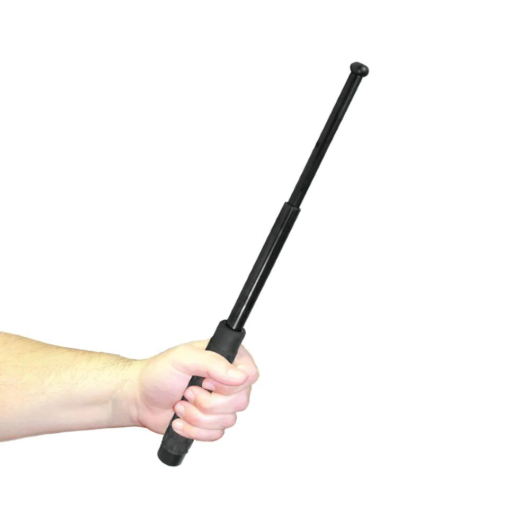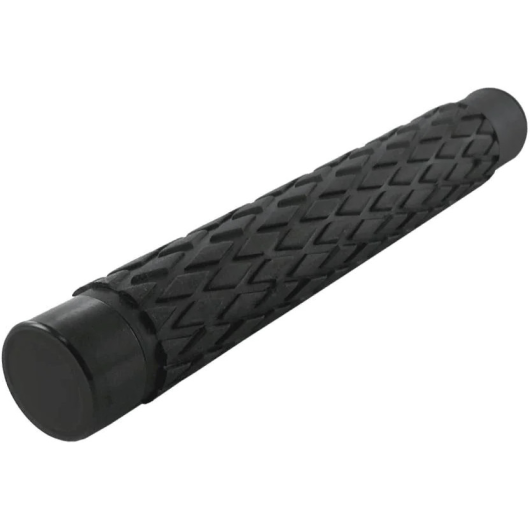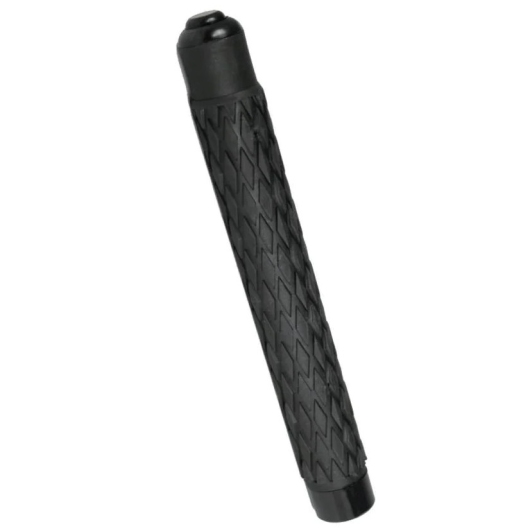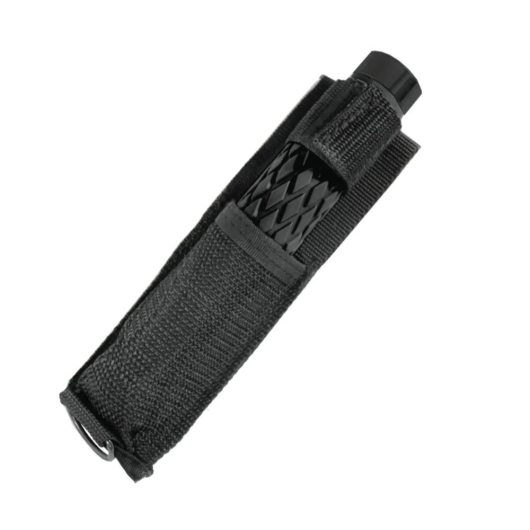Telescopic Baton – Collapsible Steel Baton for Self-Defense
Why Choose a Telescopic Baton for Self-Defense?
Stay protected with the telescopic baton from TBOTECH—a collapsible baton designed for quick deployment and reliable self-defense. Available in 16, 21, or 26-inch lengths, this expandable baton extends with a flick of the wrist, offering a powerful reach for personal security or professional use. Crafted from durable steel, this self defense baton features a rubberized grip for a firm hold and comes with a heavy-duty nylon holster, making it easy to carry on your belt, in your car, or in a bag.
Key Features of the Collapsible Baton
- Extendable Reach: Expands to 16, 21, or 26 inches with a flick of the wrist for instant defense.
- Positive Locking System: Locks securely when extended, ensuring reliability in high-stress situations.
- Steel Construction: Durable steel build—16 inch (0.86 lb), 21 inch (1.05 lb), 26 inch (1.23 lb).
- Comfortable Grip: Rubberized handle provides a non-slip hold for confident use.
- Portable Design: Collapses to 6.75, 8.25, or 10 inches, includes a nylon holster for easy carry.
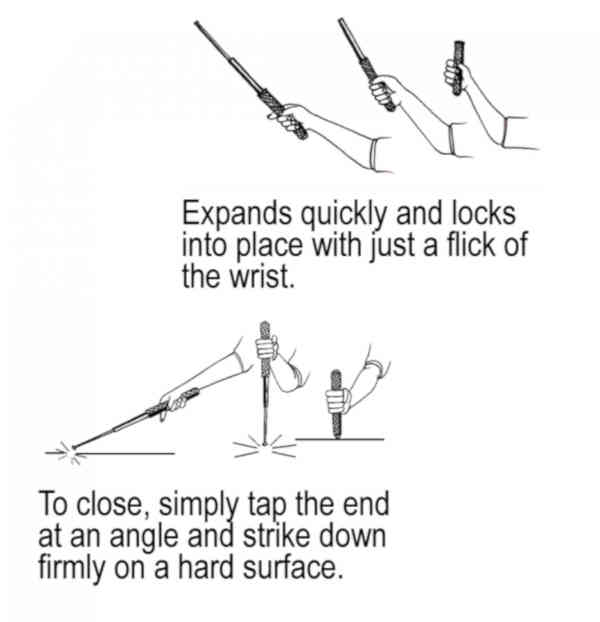
Telescopic Baton Sizes:
| Extended Size | Closed Length | Weight |
|---|---|---|
| 16 inch | 6 3/4 inches | 0.86 lb |
| 21 inch | 8 1/4 inches | 1.05 lb |
| 26 inch | 10 inches | 1.23 lb |
Who Needs a Self Defense Baton?
The telescopic baton is ideal for anyone seeking a reliable self-defense tool:
- Commuters: Keep it in your car or bag for protection during late-night walks or transit.
- Security Professionals: Equip yourself with a portable baton for professional-grade defense.
- Pet Owners: Protect yourself from aggressive dogs while walking your pet.
Trusted by Users for Self-Defense
The expandable baton from TBOTECH is a top-rated choice for personal safety, with users praising its solid build and quick deployment (see reviews). This baton has been trusted by thousands to provide effective protection, making it a must-have for anyone prioritizing security. With a 90-day money-back guarantee, you can rely on this telescopic baton to deliver when you need it most—don’t wait to take control of your safety!
Why Buy from TBOTECH?
At TBOTECH, we specialize in reliable self-defense solutions. Our telescopic baton offers unmatched protection, backed by:
- 90-Day Money Back Guarantee: Shop with confidence.
- Fast Shipping: Get your order quickly.
- Free Shipping Over $50: Save more on your purchase.
Order Now: Add this telescopic baton to your cart and stay protected today!
Related Products
Enhance your protection with more self-defense solutions from TBOTECH:
- SAP Gloves – Add impact to your strikes for layered defense.
- Stun Baton Flashlight – Extended reach with stun and light features.

